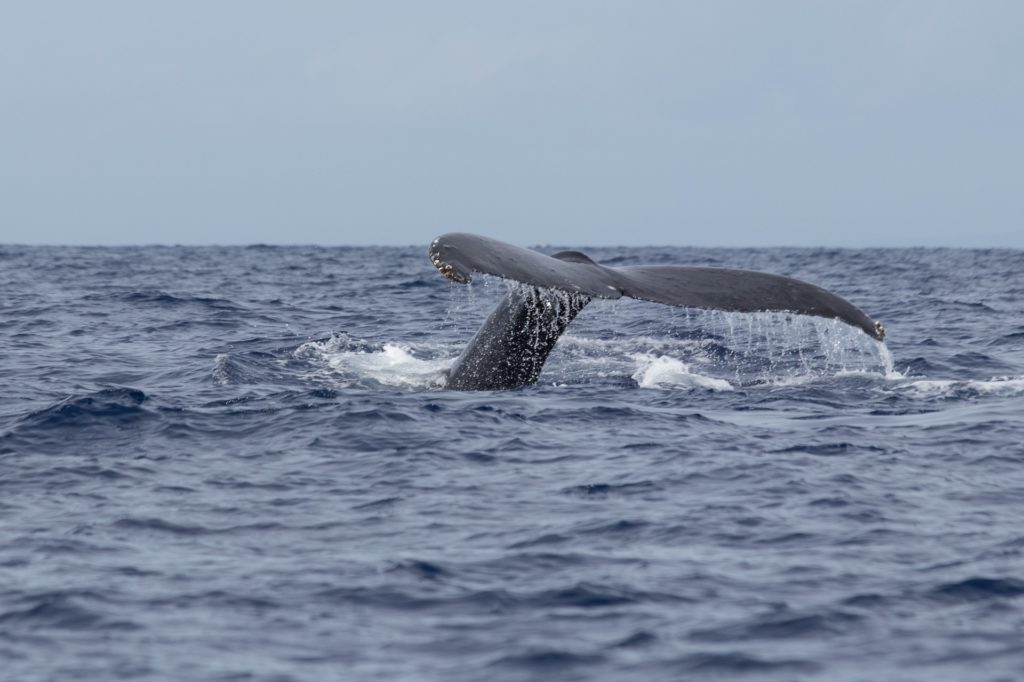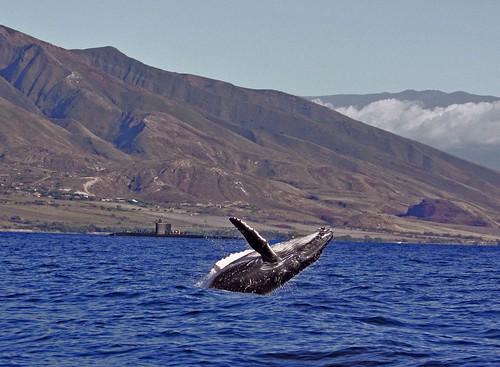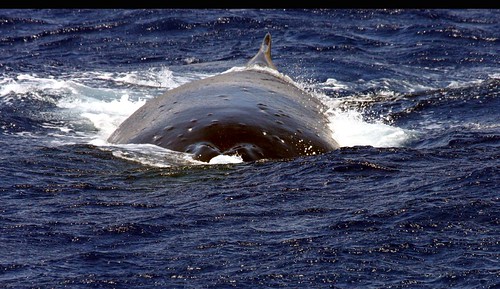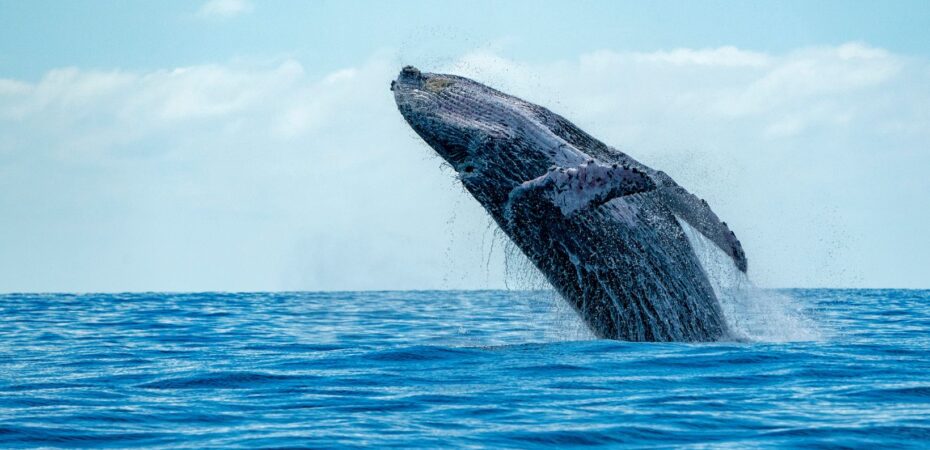There is never a bad time to visit Hawaii — it’s the kind of place that is paradise all year round. Snorkeling, fishing, swimming, tanning, horseback riding, surfing…these are just a fraction of the activities Hawaii has to offer, no matter the month or the season. Perhaps this is reason enough to make some people hold off on their traveling plans and save it for another year. But if Maui whale watching, particularly in Maui, which the North Pacific Humpback Whales seem to prefer for myriad reasons, is on your Hawaiian to-do list, then you should know that whale watching season has kicked off as of Aug. 30 and will continue through to about March. If it wasn’t on your to-do list, well, maybe it should be!

The timeliness of whale watching season is just one reason why now is the best time to plan your trip to Maui and make a reservation for an exciting whale watching adventure. Aside from whale watching being one of the top things to do on Maui with kids, particularly older ones, the whales themselves are endlessly fascinating creatures, essential parts of the fragile ecosystems that work in concert to ensure the continuation of life on our planet. What better time to learn about them and learn to appreciate them for more than just their spectacular habits?
What are Humpback Whales?
Humpbacks are a species of baleen whale with a truly distinctive body shape: knobby, angular head and impressively long pectoral fins that look like whale arms. They are the most acrobatic of all whales, real show-stoppers given the opportunity, and the males have been known to “sing” for hours at a time, repeating the same 10-20 minute song over and over. Adult humpbacks can stretch as long as 52 meters and weigh up to 45 tons.
By the 1966, when the International Whaling Commission banned whaling of humpbacks, the species had been hunted so aggressively that roughly 90 percent of its population had vanished. Thanks to conservation efforts, the population is now estimated to be about 80,000 worldwide, a number that, while it’s still a ways off from the 125,000 of pre-whaling days, ensures excellent whale watching conditions during the peak of the winter season.
Hawaiian Culture and Humpbacks
It will probably come as no surprise that native Hawaiians have great respect for the humpbacks who migrate to the warmer waters close to the Equator for mating purposes. They’re called “kohola,” accorded the status of revered family guardian, and the calves are often referred to as “kamaaina” or “native born,” because they were birthed in Hawaiian waters.
Why Maui?
Unlike the curious whale song, which scientists suggest may or may not be for mating purposes, there is no mystery why humpbacks prefer Maui in particular. Of course, the warm waters are ideal for mating and birthing, but its unique topography, the island group of Maui, Lanai, Molokai and Kahoolawe, provides shelter and protection in the waters, creating a shallow basin of about 300 feet that the whales seem to find comforting. Maui is also quite predator-free; humpbacks are preyed on by both sharks and killer whales (orcas), neither of which is prevalent in this particular part of the Pacific.

Whale Watching Season 2012-2013
Whale watching season is always an exciting time in Maui, as many of the roads which huge sea views double as viewing spots if a whale is sighted. There are, of course, distance regulations for how close you can get to sighted whales, and this ensures the safety of both humans and these marine mammals.

As previously mentioned, this year’s season kicked off early, much earlier than last year, which came almost a month later in 2011, and it is, in fact, the earliest sighting recorded since the National Oceanic Atmospheric Administration (NOAA) began noting it about a dozen years ago. With the height of the season generally occurring in January through late March or early April, combined with the altogether impressive comeback the humpback population has made over the last 50 years, plus their uncanny, charming and curious natural behavior, now is the best time to plan a winter getaway to Maui and make time for an exciting whale watching excursion.
About the authorÂ
Janet Wong is a contributing writer and Maui native who currently works as a marine biologist and activist in San Diego. While she is unable to get back to her parents’ home as often as she’d like, she always stays current and up-to-date on the Hawaiian whale watching scene thanks to the internet. She recommends www.prideofmaui.com for the best whale watching tours.Â


 By
By 






